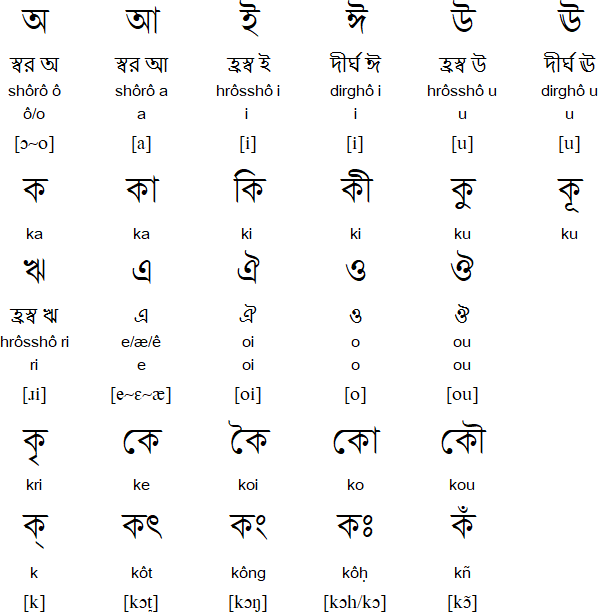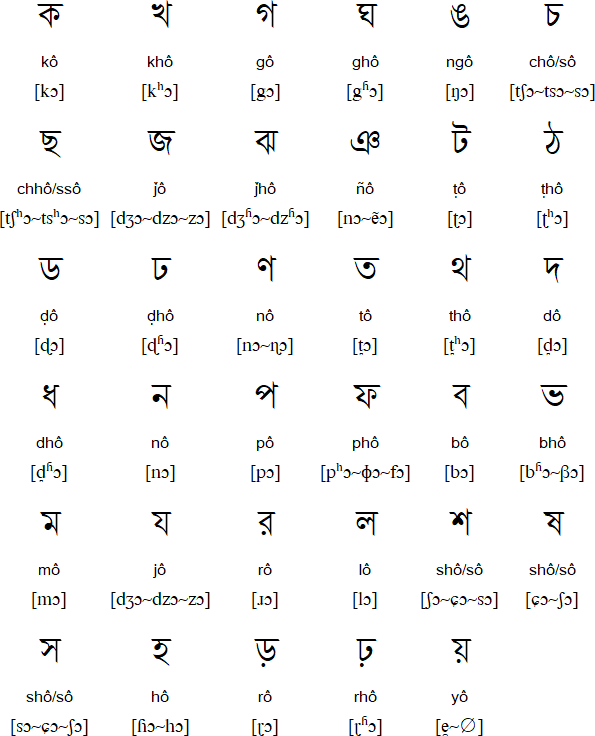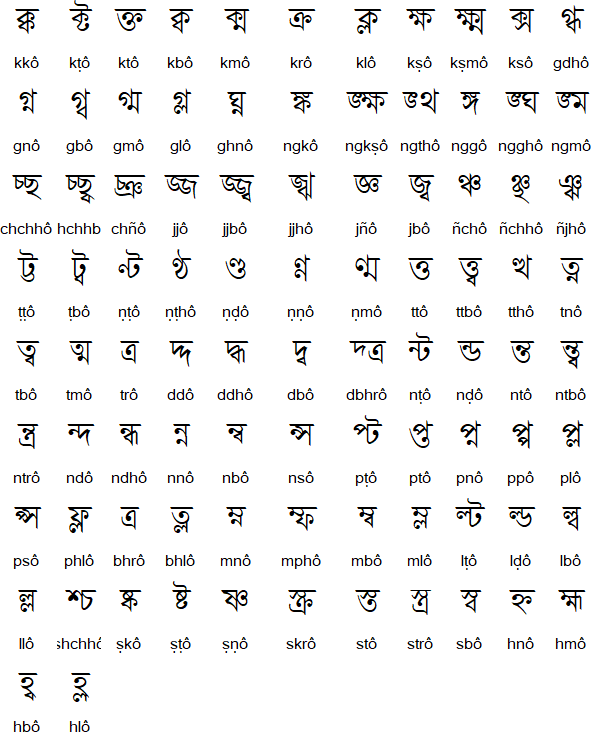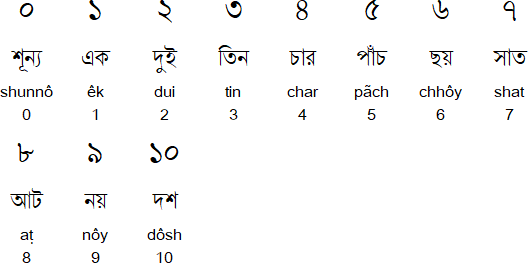What is more, Russian remains the unofficial lingua franca of the former Soviet republics, an indispensable communications tool across all of the Caucasus and Central Asia. Russian accounts for one quarter of scientific publications, and it is an increasingly important language for business and trade as Russian institutions, both public and private, integrate with their European and American counterparts.

Russian is mainly a phonetic language. The stress is mobile and does not follow strict rules. There are 6 different cases in Russian language, meaning that the ending of the words varies according to their syntactical function in the sentence. Word order is, therefore, highly flexible.
Although Russian as a modern cultural language is relatively new, with the vast majority of classic work having been produced in the 19th and 20th centuries, the wealth of the Russian cultural heritage in literature, visual art, theatre, opera, instrumental music, and ballet is enormous.
With the end of the Cold War, Russia has opened its door to international businesses, banking, media, culture, and entertainment. Russia's re-entry into the world economic system has opened up an enormous and largely unexploited market for Western goods and services. Russia possesses a well-educated work force and vast natural resources. Over 300 US companies have already opened businesses in Russia, and Western European firms are even more actively investing in the region.
The sixth century AD saw the migration of the Slav people from old Poland. The Slavs expanded westwards to the river Elbe and southwards to the Adriatic sea where they gradually occupied much of the Balkans.
By 10th century, three Slavonic language groups had emerged: Western, Southern and Eastern. Eastern Slavonic gave rise to the modern languages known as Ukranian, Belorussian and Russian. The Slavonic languages retained many features in common especially in grammatical structure; therefore, the separate groups were able to use one common written language. This language was known as Old Slavonic or Old Church Slavonic (the language was used in its written form only). In the 9th century, two missionaries - Constantine (who on his deathbed took the monastic name Cyril) and Methodius - were required to write down the scriptures in Old Church Slavonic and to preach Christianity to the people of Moravia.
Before they set out for Moravia, Constantine invented a Slavonic, now known as Cyrillic, alphabet. The Cyrillic alphabet is closely based on the Greek alphabet, with about a dozen additional letters invented to represent Slavic sounds not found in Greek.
In Russia, Cyrillic was first written in the early Middle-Ages in clear-cut, legible ustav (large letters). Later a succession of cursive forms developed. In the early eighteenth century, under Peter the Great, the forms of letters were simplified and standardised, with some appropriate only to Greek being removed. Further unnecessary letters were expunged in 1918, leaving the alphabet as it is today.
Low, Middle and High Style
Old Church Slavonic remained the written language until the middle of the eighteenth century in Russia. By this time, the need was felt for a written language which was closer to the educated spoken norm. The famous M. V. Lomonosov, after which the Moscow State University is named, distinguished three styles:
1) High Style - Church Slavonic, to be used for poetics and religion.
2) Middle Style - to be used for lyric poetry, prose and science.
3) Low Style - to be used in personal correspondence and in low comedy.
The Middle Style, which combined features of both East Slavonic and Church Slavonic is the style which came to form the basis of the modern standard language. In the mid 1800's, Standard Russian based on the Moscow dialect became the official language.
The Russian language allows an interesting way of addressing people to whom you have just been introduced. The person's first name is combined with a modified form of his or her father's first name. If a man's first name is Ivan and his father's first name is also Ivan, you would call him Ivan Ivanovich (Ivan, son of Ivan), and if Ivan had a sister, she would be called Natasha Ivanovna, (Natasha, daughter of Ivan). The -ovich and -ovna suffixes are always appended to the father's first name and not to the mother's.
 French Language Tutorial is now available for purchase! French Language Tutorial can be purchased as an e-book ($9.95) or paperback book ($19.96). All of the original French tutorials (1-7) plus French phonetics and IPA transcriptions for pronunciation, either in printer-friendly PDF format or as a coil-bound paperback, shipped worldwide through lulu.com. Please visit the Store to order online
French Language Tutorial is now available for purchase! French Language Tutorial can be purchased as an e-book ($9.95) or paperback book ($19.96). All of the original French tutorials (1-7) plus French phonetics and IPA transcriptions for pronunciation, either in printer-friendly PDF format or as a coil-bound paperback, shipped worldwide through lulu.com. Please visit the Store to order online


















 Arabic is descended from a language known in the literature as Proto-Semitic. This relationship places Arabic firmly in the Afro-Asiatic group of world languages. Going further into the relationship between Arabic and the other Semitic languages, Modern Arabic is considered to be part of the Arabo-Canaanite sub-branch of the central group of the Western Semitic languages.
Arabic is descended from a language known in the literature as Proto-Semitic. This relationship places Arabic firmly in the Afro-Asiatic group of world languages. Going further into the relationship between Arabic and the other Semitic languages, Modern Arabic is considered to be part of the Arabo-Canaanite sub-branch of the central group of the Western Semitic languages.  Russian is mainly a phonetic language. The stress is mobile and does not follow strict rules. There are 6 different cases in Russian language, meaning that the ending of the words varies according to their syntactical function in the sentence. Word order is, therefore, highly flexible.
Russian is mainly a phonetic language. The stress is mobile and does not follow strict rules. There are 6 different cases in Russian language, meaning that the ending of the words varies according to their syntactical function in the sentence. Word order is, therefore, highly flexible.